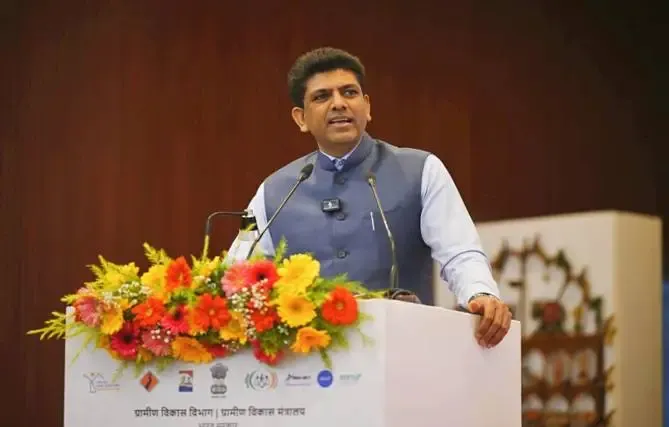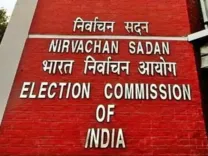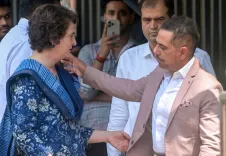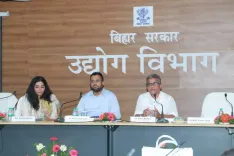How Can We Build ‘Viksit Gaon’ to Achieve the Viksit Bharat Goal by 2047?

Synopsis
Key Takeaways
- Renewed focus on rural development is essential for achieving a developed India.
- Community participation is crucial for project selection and sustainability.
- The MGNREGS is a key driver of rural employment.
- Eco-friendly construction methods should be prioritized.
- Innovative financing models are needed for infrastructure sustainability.
New Delhi, July 14 (NationPress) The Union Minister of State for Rural Development and Communications, Dr Pemmasani Chandra Sekhar, emphasized the urgent need for a vigorous initiative to convert villages into ‘Viksit Gaon’ (developed villages), marking a crucial step toward realizing the vision of a ‘Viksit Bharat’ (developed India) by 2047.
During the inaugural meeting of the performance review committee of the Ministry of Rural Development, Dr Sekhar articulated a vision where every rural household resides in a pucca house equipped with essential amenities, every village boasts quality road connectivity, every youth enjoys employment opportunities, and every woman is empowered and financially self-sufficient. This is not merely a dream; it is a feasible reality.
He stated that to actualize this vision, the Ministry must advance with renewed vigor, innovative ideas, and unwavering dedication.
“We are not merely executing schemes; we are scripting the next chapter of India’s growth narrative,” Dr Sekhar remarked, attributing the significant progress in rural development to the leadership of Prime Minister Narendra Modi and Cabinet Minister Shivraj Singh Chouhan.
Dr Sekhar underscored the effectiveness of the Mahatma Gandhi National Rural Employment Guarantee Scheme (MGNREGS), which has emerged as a formidable instrument against rural unemployment and distress migration, especially in the agricultural off-seasons.
With an annual investment ranging from Rs 90,000 to Rs 1,00,000 crore, the scheme generates over 250 crore person-days of work each year, issuing more than 36 crore job cards and providing employment to 15 crore active workers.
The Minister urged a shift from mere wage payments to the creation of sustainable and productive assets through diversified projects.
He also advocated for community participation in project selection and greater synergy with other developmental programs.
On housing initiatives, Dr Sekhar revealed that over 3.22 crore pucca houses have been constructed under the Pradhan Mantri Awaas Yojana - Gramin (PMAY-G), assisting families residing in kutcha or deteriorating homes.
The government has set a target to construct an additional 2 crore houses by 2029 and encouraged the adoption of eco-friendly, cost-effective, and region-specific construction methods.
Dr Sekhar highlighted the achievements of the Pradhan Mantri Gram Sadak Yojana (PMGSY), under which over 7.56 lakh kilometers of rural roads have been constructed to date.
He proposed the establishment of state-level road maintenance funds, community-driven monitoring systems, and innovative financing models to ensure the sustainability of road infrastructure.





